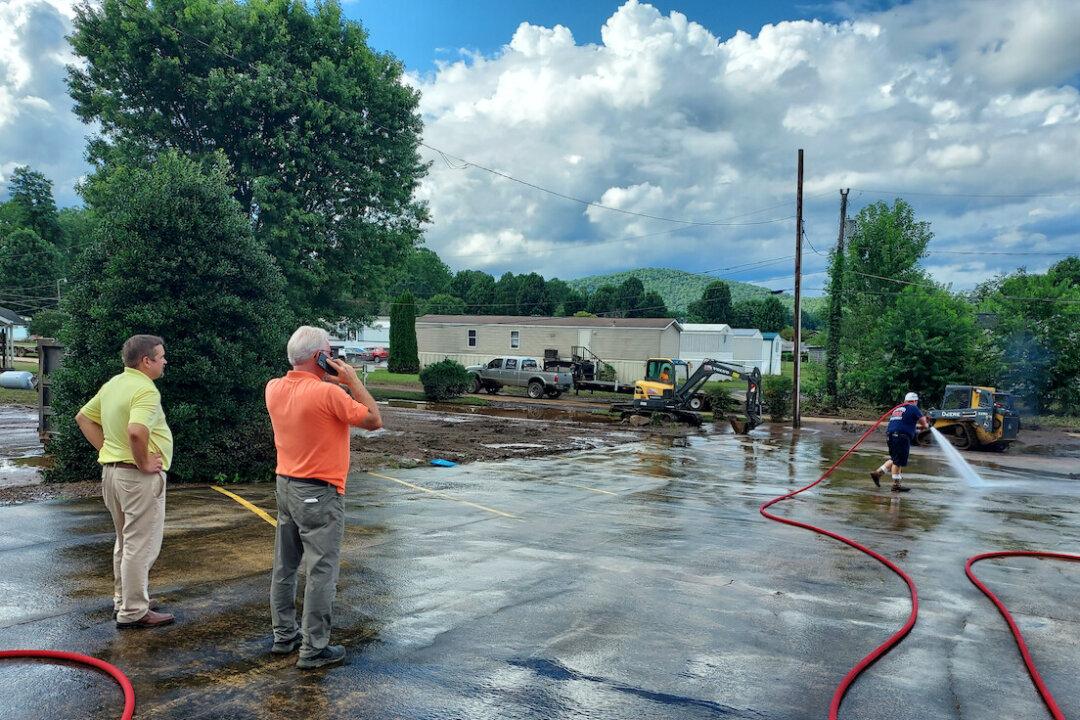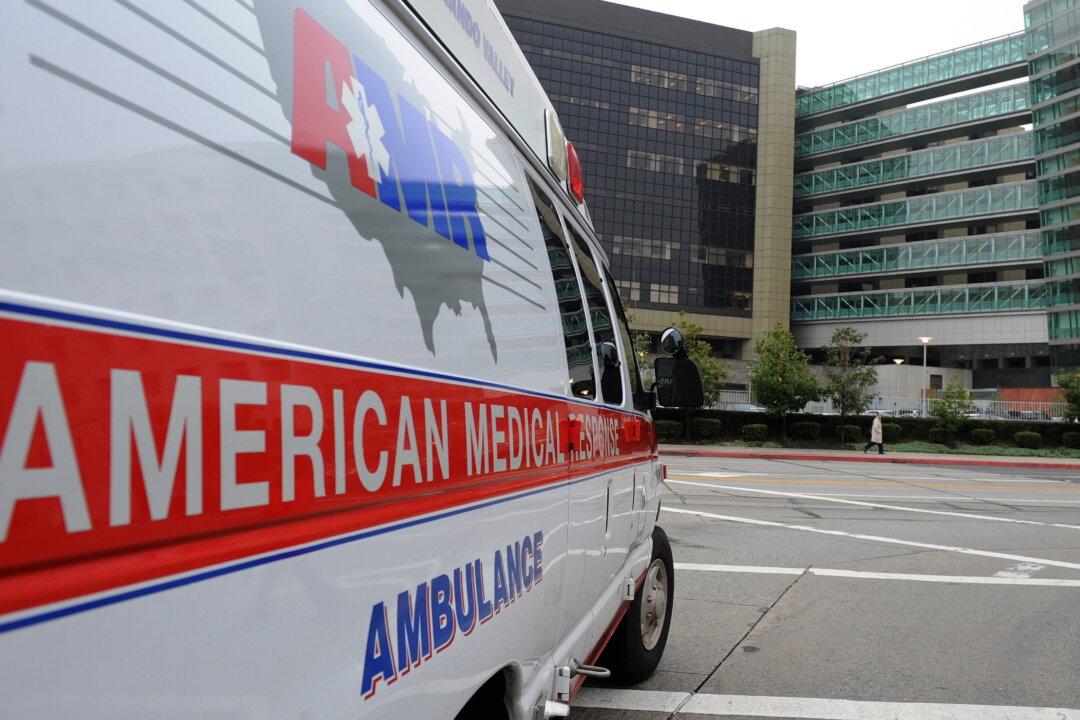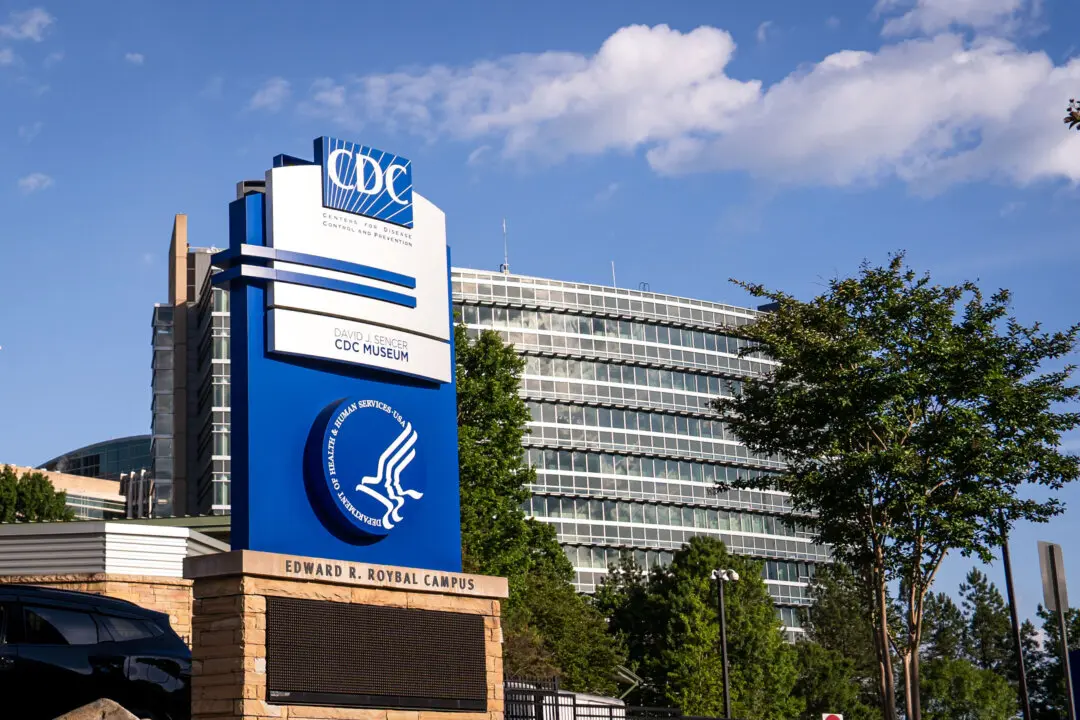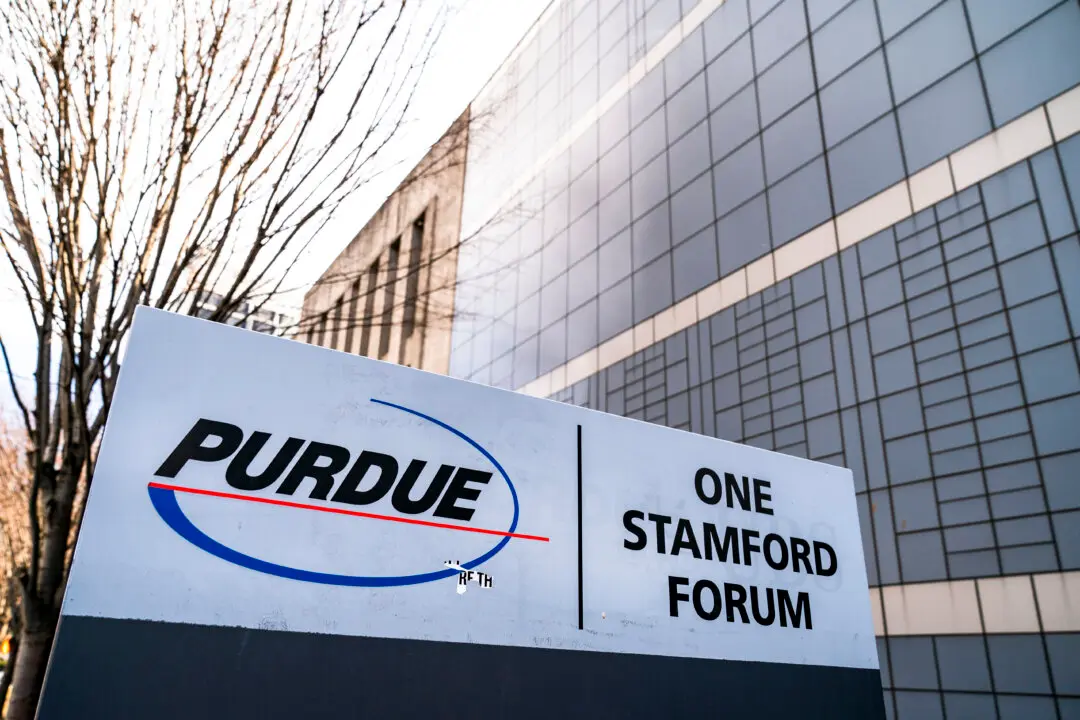From providing disaster relief by ship to islands in the Caribbean, to assisting those in need at ground zero in a flooded local community, Anchor Baptist Church has continued its 30-year tradition of helping people left helpless in the wake of a storm.
Randy Barton, pastor at Anchor Baptist in Pisgah Forest, North Carolina, surveyed the post-flood, mud-soaked basin of houses and trailers from the raised parking of Calvary Baptist Mission Church, also in Pisgah Forest, on Wednesday.





